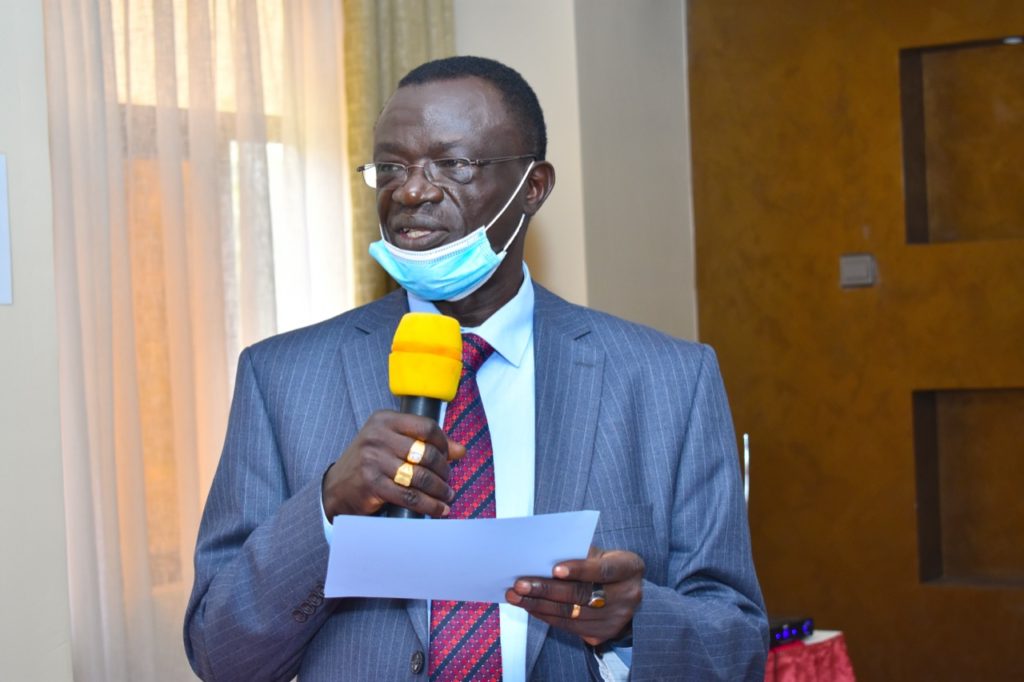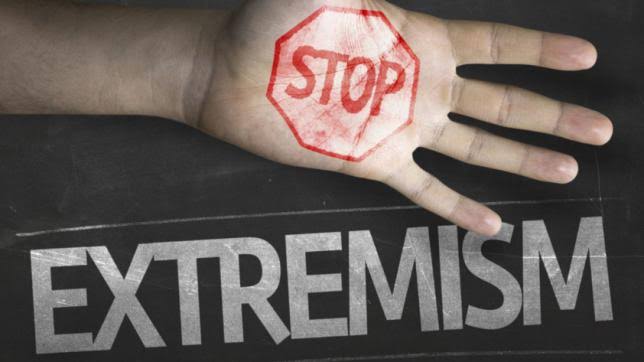NAIROBI, Kenya, Mar 16- With a shrinking economy and the persisting COVID-19 pandemic that has widened the inequality levels in Kenya and in the world, security players have expressed concerns over increasing susceptibility of the youth to violent extremism in the country.
Concerns are rising over an unpredictable situation, that has rendered youth- the majority of Kenya’s population, jobless.
And with the worrying trend, players within the security and intelligence sector are grappling with coming up with measures to counter ideologies that might fuel the vice further.
National Counter Terrorism Centre (NCTC) Ag. Director Joseph Opondo has heightened their series of engagements with key stakeholders, among them journalists, on their role to avert the menace.
“As the world continues to grapple with terrorism, one platform that terrorists have not hesitated to employ to make their heinous acts noticed, is the media,” Opondo said when he officiated a training of journalists in Machakos County.
Of the critical players being engaged by the NCTC include the newly launched Crime Journalists Association of Kenya (CJAK) and the Media Council of Kenya.
The NCTC Director called on journalists to exercise more professionalism while reporting on violent extremism.
“News media provides essential oxygen of publicity for terrorists like Al-Qaeda which enables their causes to be noticed and addressed. This may be given credence since 69 percent of terror attacks stories in Kenya appeared in the front pages of the leading newspaper,” Opondo said.

He cautioned that, “placing terror stories on the front pages provides more visibility to terrorist’ actions and causes, hence elevating their status in society.”
“The central role played by the media in shaping public discourse on matters of national importance such as terrorism also underscores the importance of this conversation. Media frames form a central part in an individual’s understanding of how issues and events are covered and portrayed, particularly in uncertain times. News frames are vital in the manner in which issues and events are presented in the media because they communicate a particular perceived reality.”
Further, he added that, “analyzing media frames employed in terrorist attacks such as the Westgate Mall or Garissa University College may serve as a strategy with which to identify main causes and responsible agents, make moral judgments, and, finally, suggest policy responses in the same line the same influenced Counter Terrorism Strategies following the 9/11 attack in the USA.”
He said the purpose of the conversation is to prepare NCTC to handle the media effectively in the event of a terrorist related matter.
“As all good planning, don’t wait for the incident to happen. We must start preparing to deal with it now,” he said.
“Moving forward, there is need for strategic partnership between Government and the media. Media handling plan or communication strategy needs to be in place and tested in advance.”
Also present during the training include Media Council of Kenya Head of Media Development and Strategy Victor Bwire, CJAK chairperson Dominic Wabala and CJAK Secretary General Joseph Muraya.
“Covering terrorism, violent extremism is a very complex matter, it is not an event oriented reporting, it is a process orientated reporting that requires those reporting to go beyond what we see, beyond just the attacks. This is a whole complex issue of social,economic and cultural factors that pull people into it,” Bwire said.
Increased recruitment by terror organizations is said to be on the rise, with those considered susceptible including school going children who have easy access to online based platforms and vulnerable youth that are unemployed in society.
Want to send us a story? Contact Shahidi News Tel: +254115512797 (Mobile & WhatsApp)


